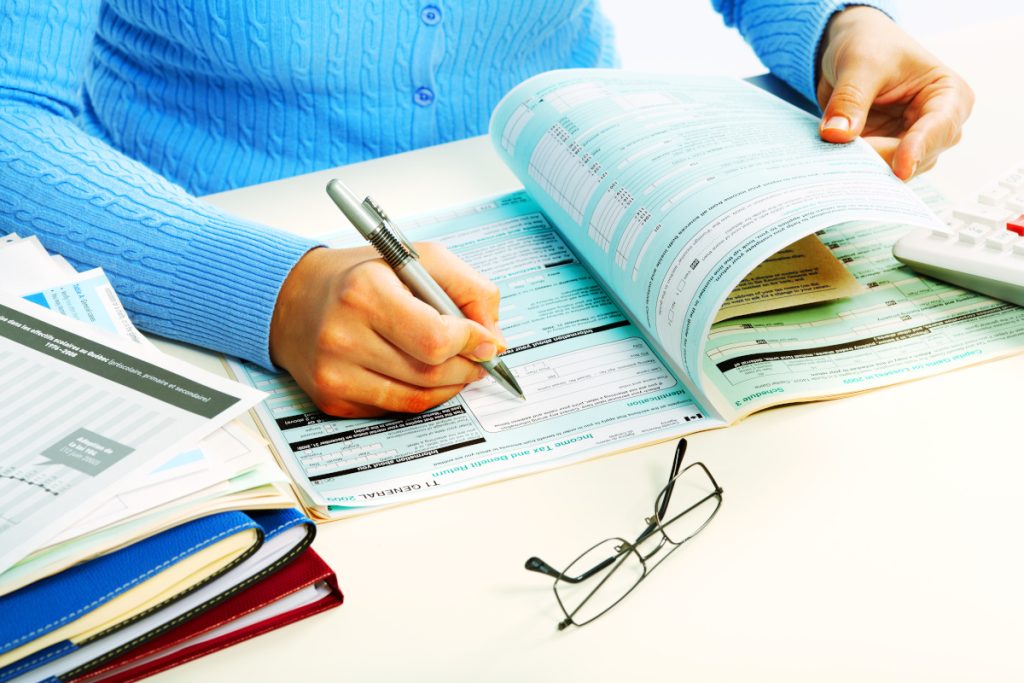The year has ended, and another has just begun. Where does the time go?
If you’ve not already made plans to ensure you’re compliant with your employee tax obligations, it’s not too late to start.
To be compliant, here’s what you need to do:
1. File Your Returns
Have you filed the following returns throughout the year?
- PAYE returns
- Tier 1 returns
- Tier 2 returns
- Tier 3 returns, if applicable
Have you filed all returns by their due dates?
- Did you make all filings (Pensions and PAYE) on time?
- Did you object to any penalties raised by the authorities?
- Was the objection resolved and penalty agreed paid?
2. Get TIN, SSNIT Numbers + Tax Relief Cards for Employees
Did your company recruit new employees this year? If YES, have you completed and filed the “Newly Engaged Employees Schedule (DT 107 B)” for each new employee?
Get the form here.
Ask yourself:
- Do all your employees have tax identification numbers (TIN)?
- Do they have Social Security Numbers?
- Have the employees renewed their relief cards?
- Have the correct reliefs been applied in calculating payroll?
3. File Employer’s Annual PAYE Deduction Forms
The due date for filing these returns is the 30 April of the following year. The penalty for non-compliance is GHS 500.00, plus GHS 10.00 for each day in default.
The employer must file the returns listed below:
- Annual PAYE Deductions Return Schedule (DT 0108 ver 1.2)
To file this return, you need the number of employees in each staff category, their total cash emoluments and tax deducted for the year.
Get the form here.
- Annual Employees’ Information Schedule (DT 0108b ver 1.0)
This return lists the names of the employees, tax identification numbers, nationality, and residential and postal addresses.
Get the form here.
- Employer’s Annual Tax Deduction Schedule (DT 0108a)
This schedule shows the details of all employees’ remuneration, i.e. their incomes, various reliefs, cash and non-cash benefits, and taxes deducted and paid to the GRA within the year of assessment.
Get the form here.
4. File Employee’s Tax Deduction Form
Prepare this form for each employee. It shows the income, benefits, deductible reliefs, tax paid, and receipt details for each month of employment. This return is proof of income earned and taxes paid by the employee.
Need some help getting everything organised? Contact us today.
Written by Jessica Blagogee
Jessica is an associate in the payroll unit of SCG Chartered Accountants.

